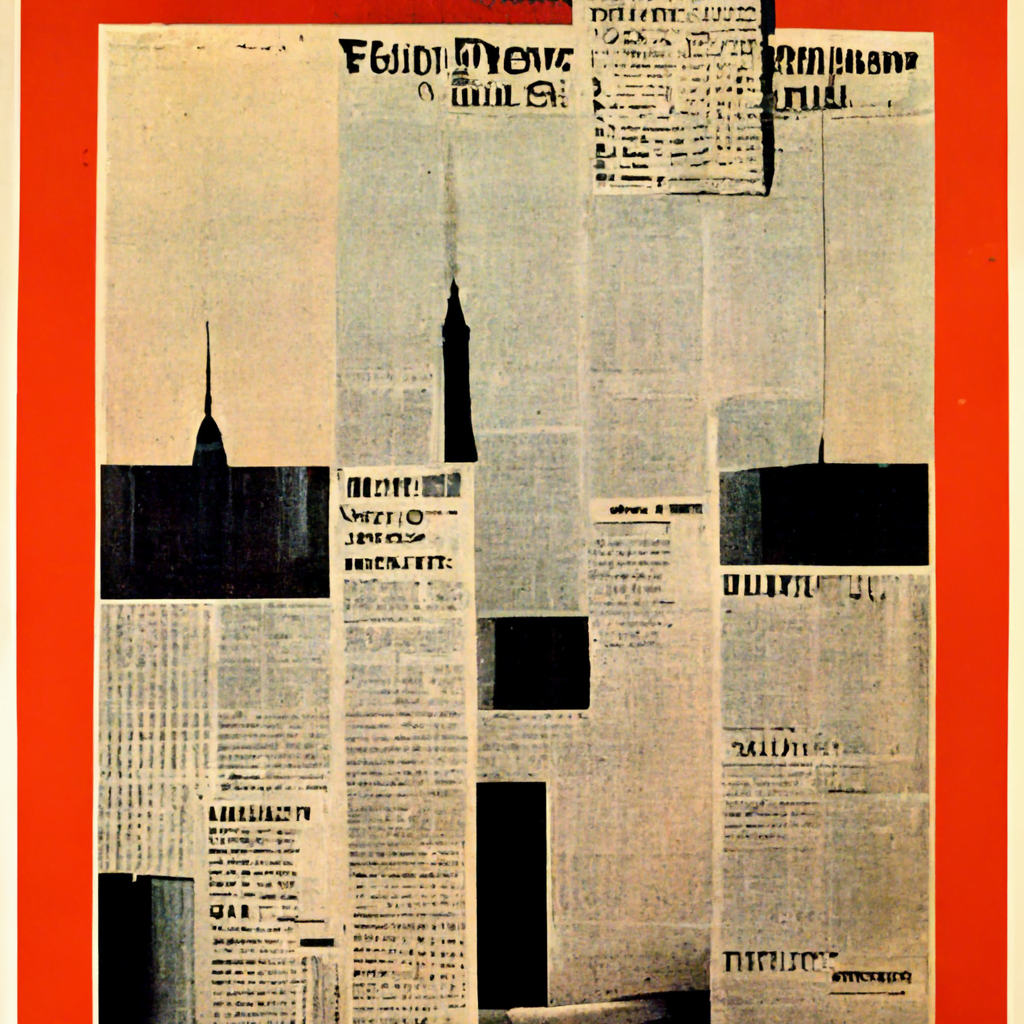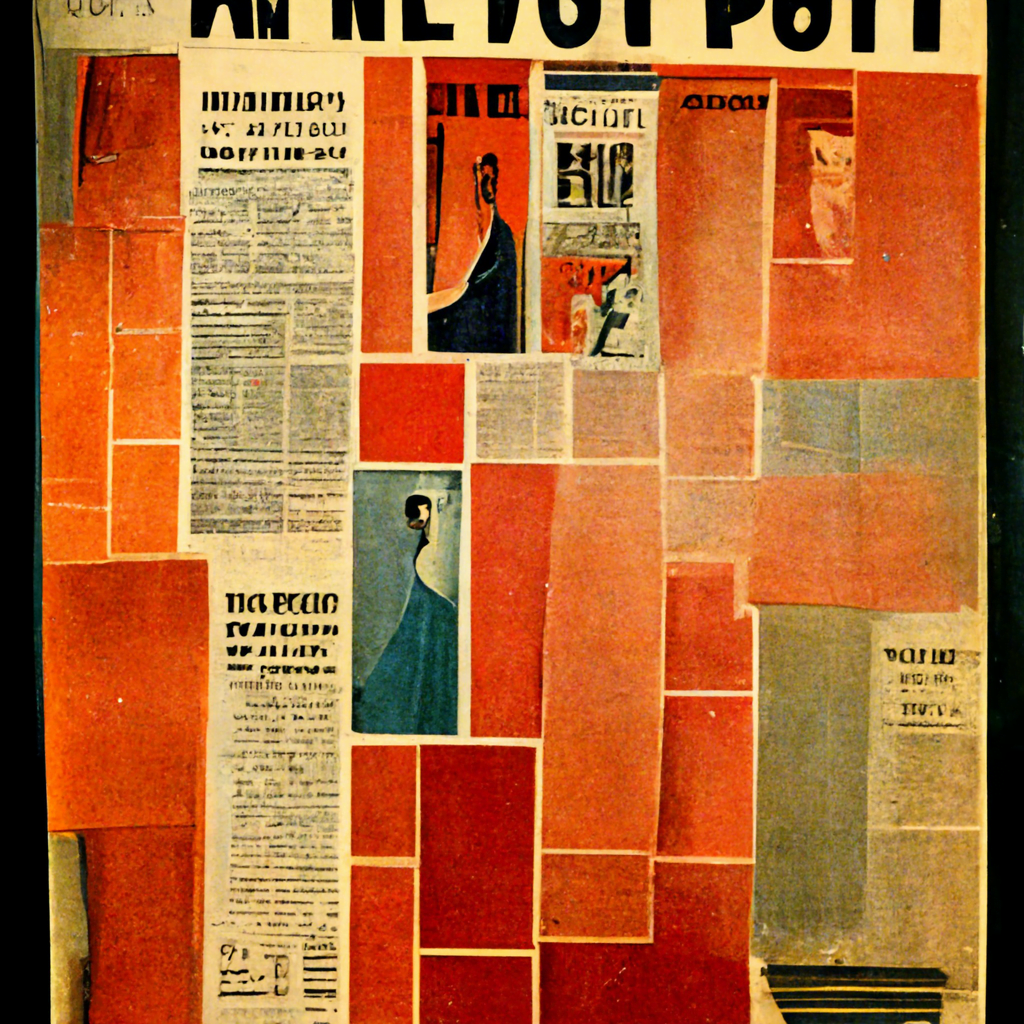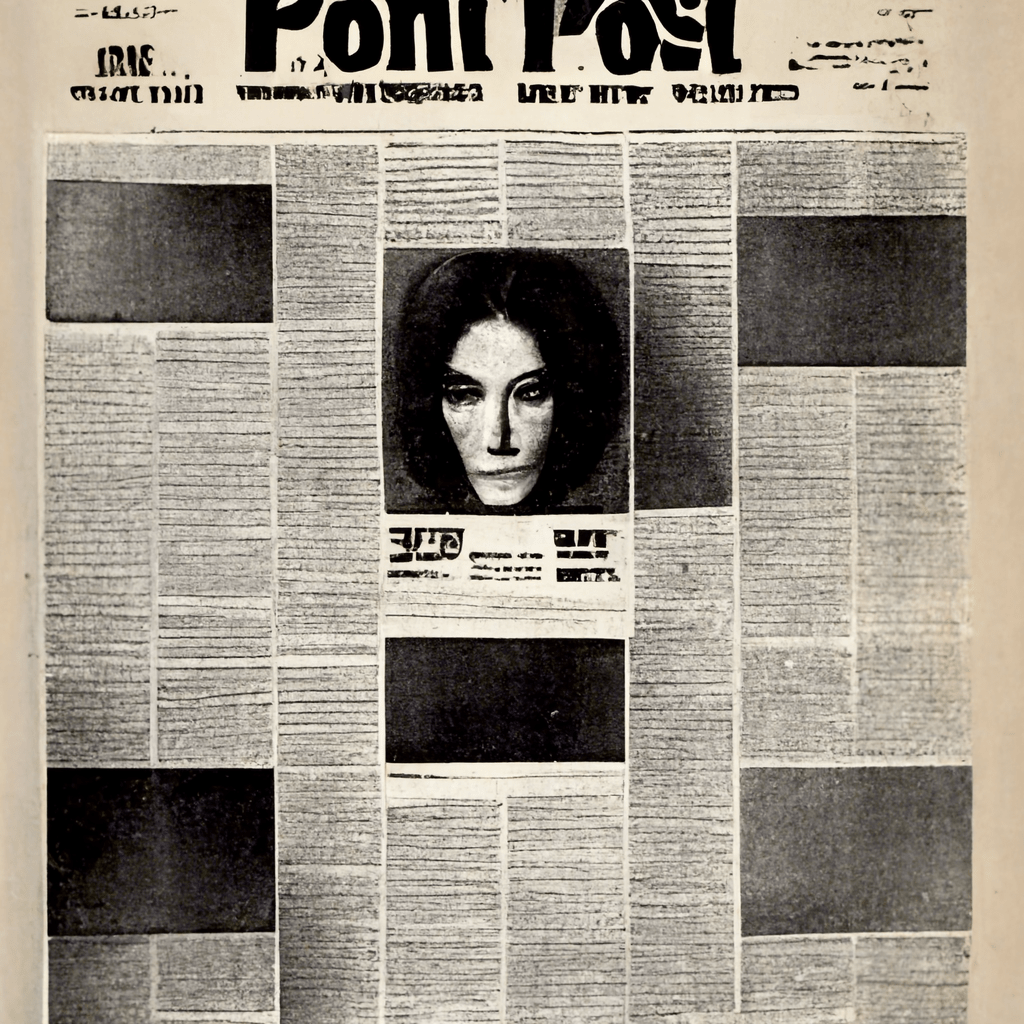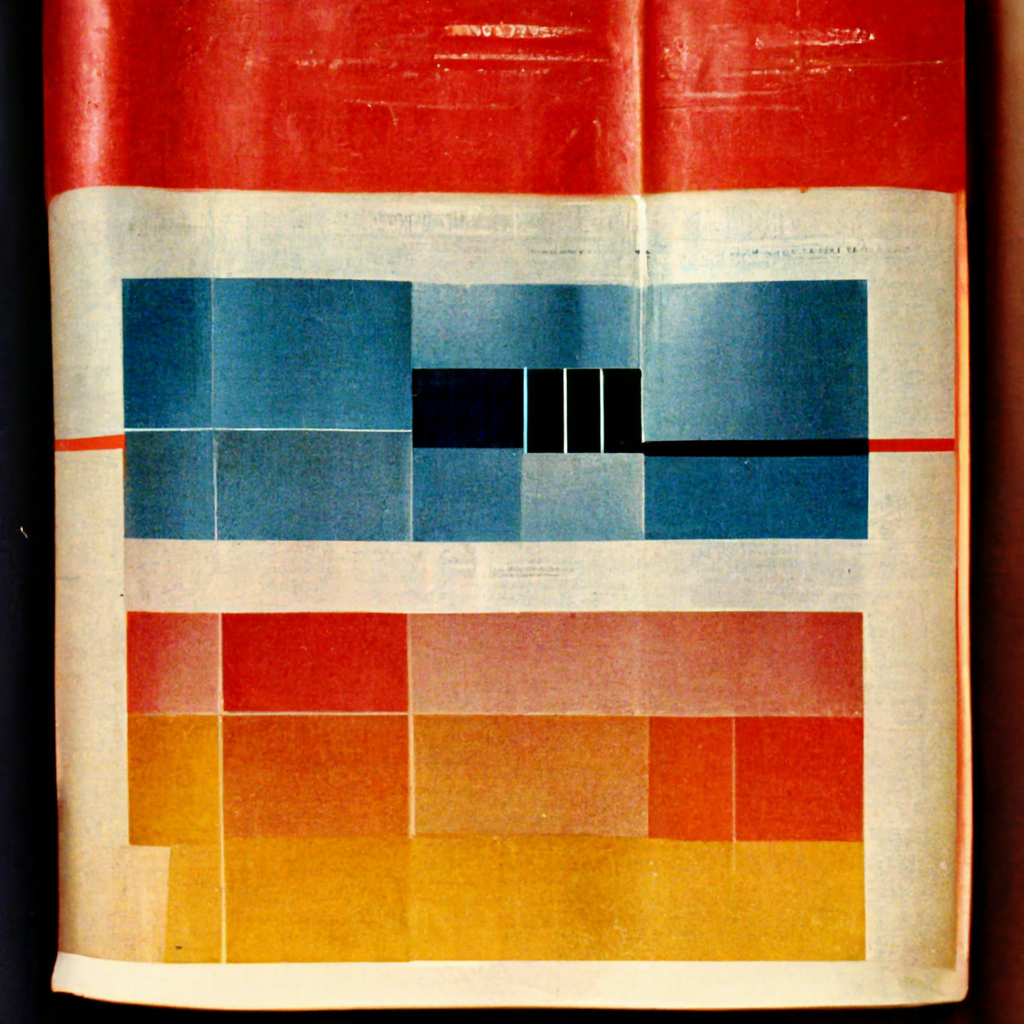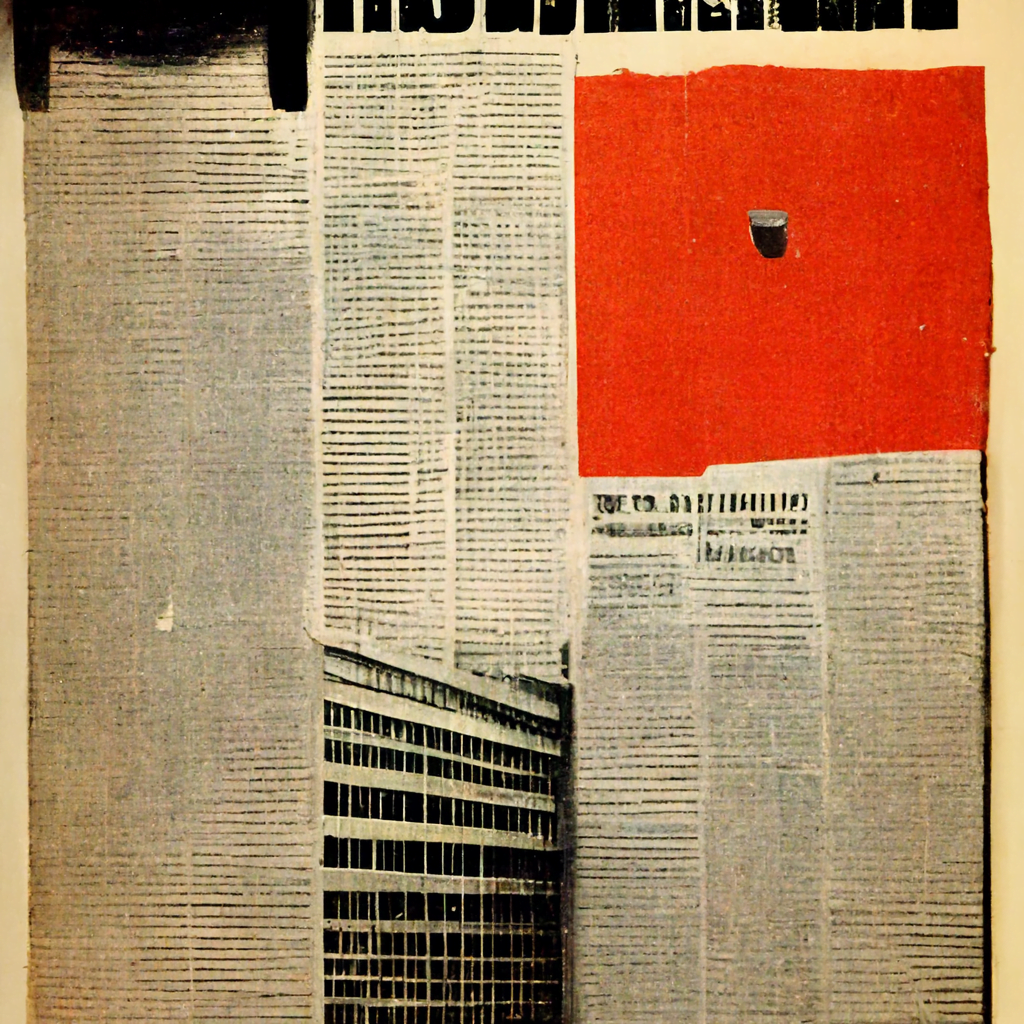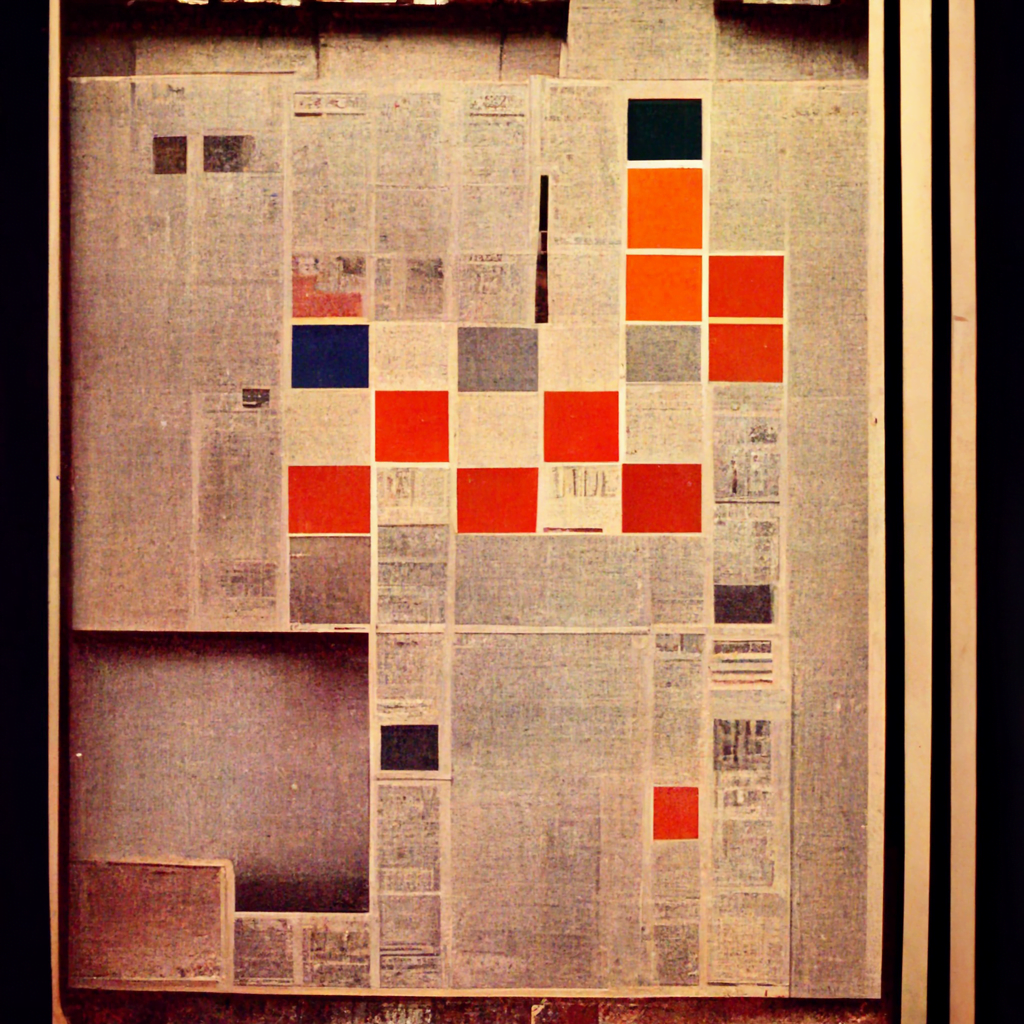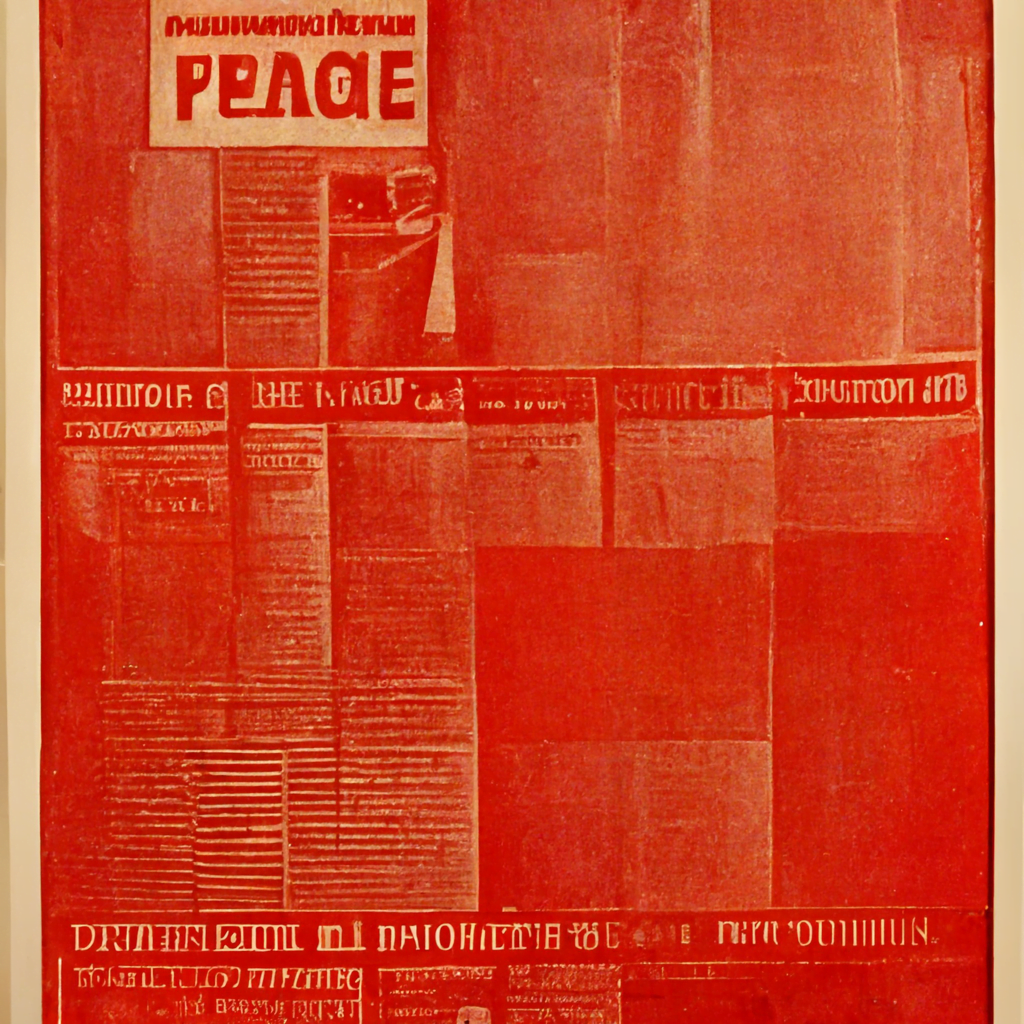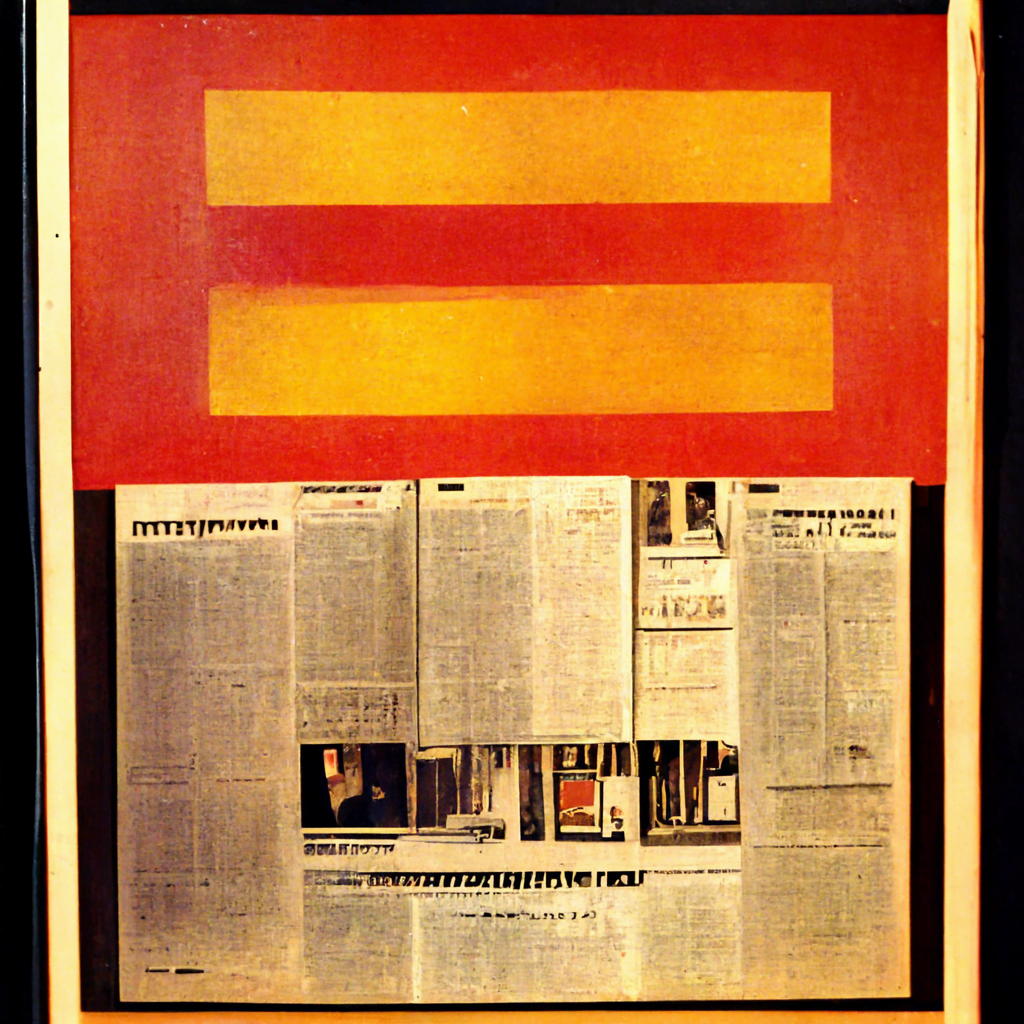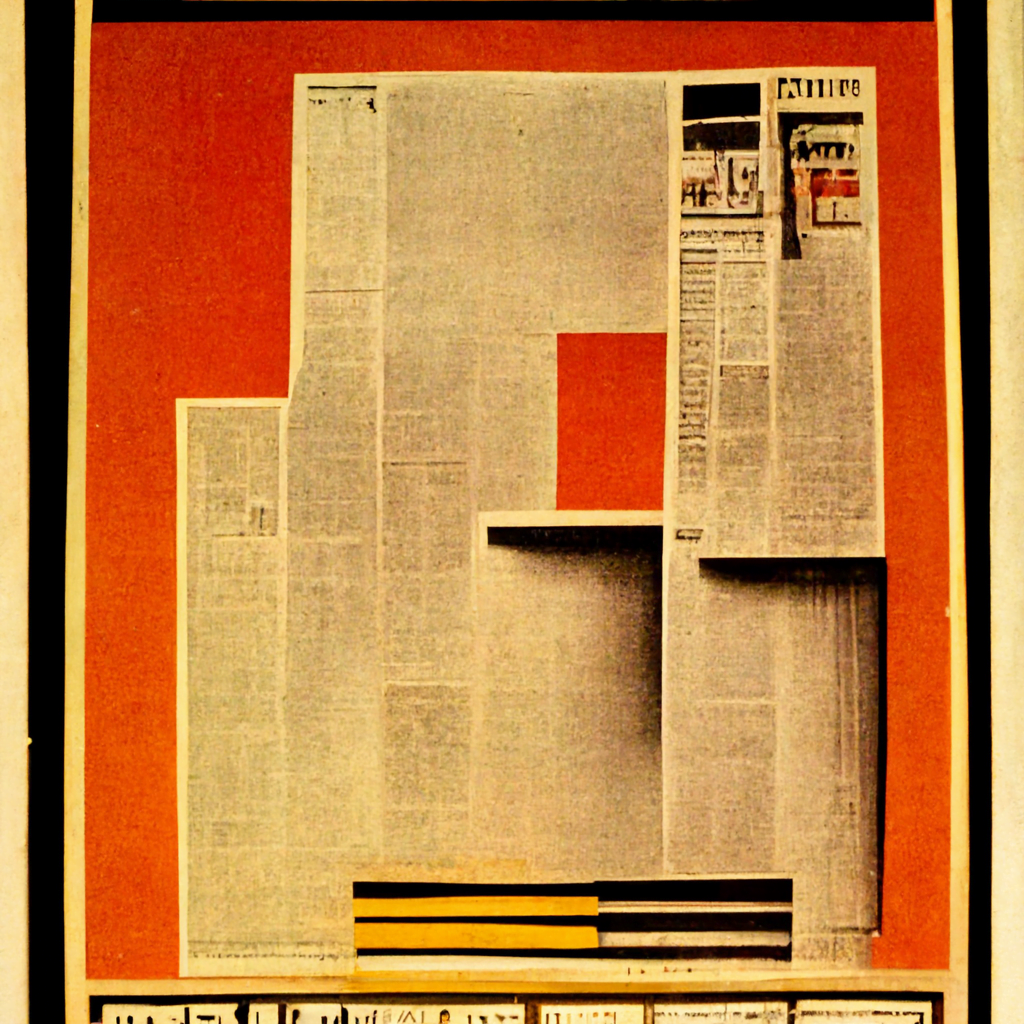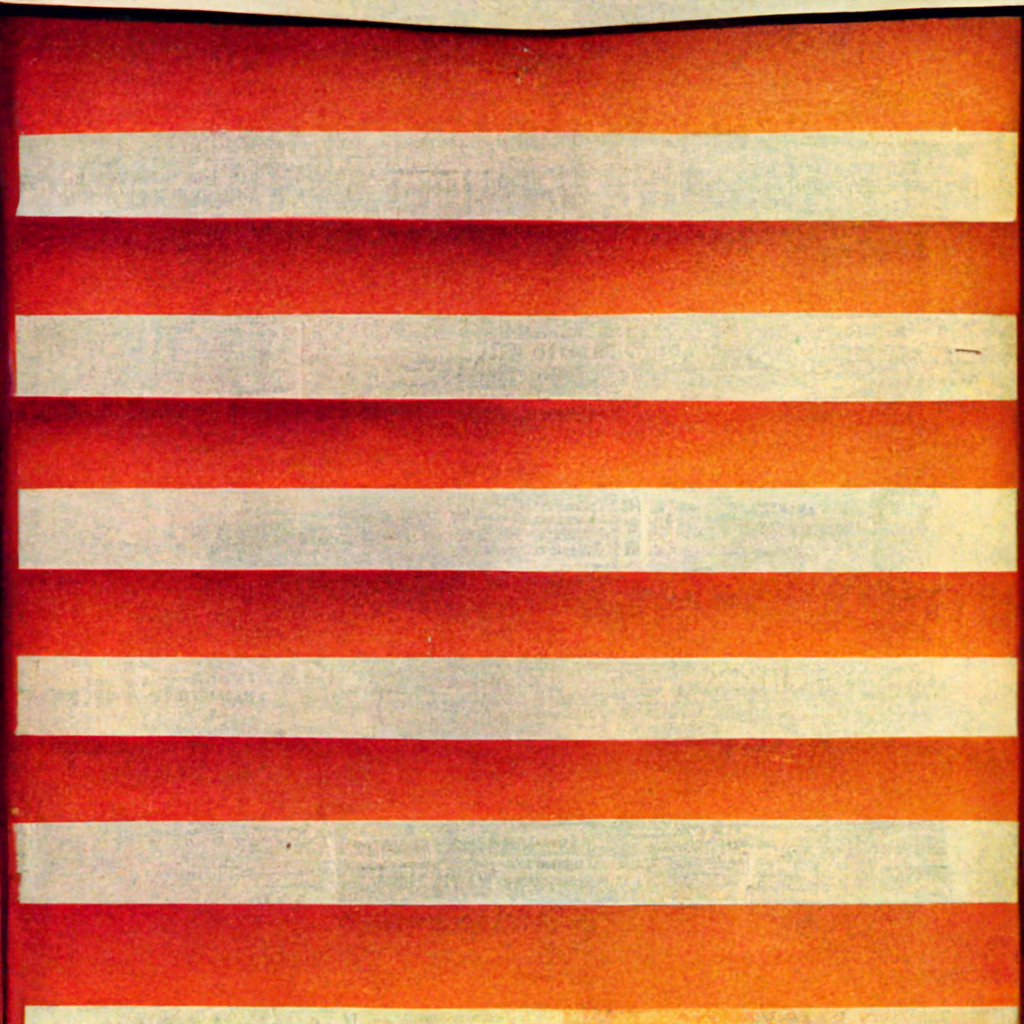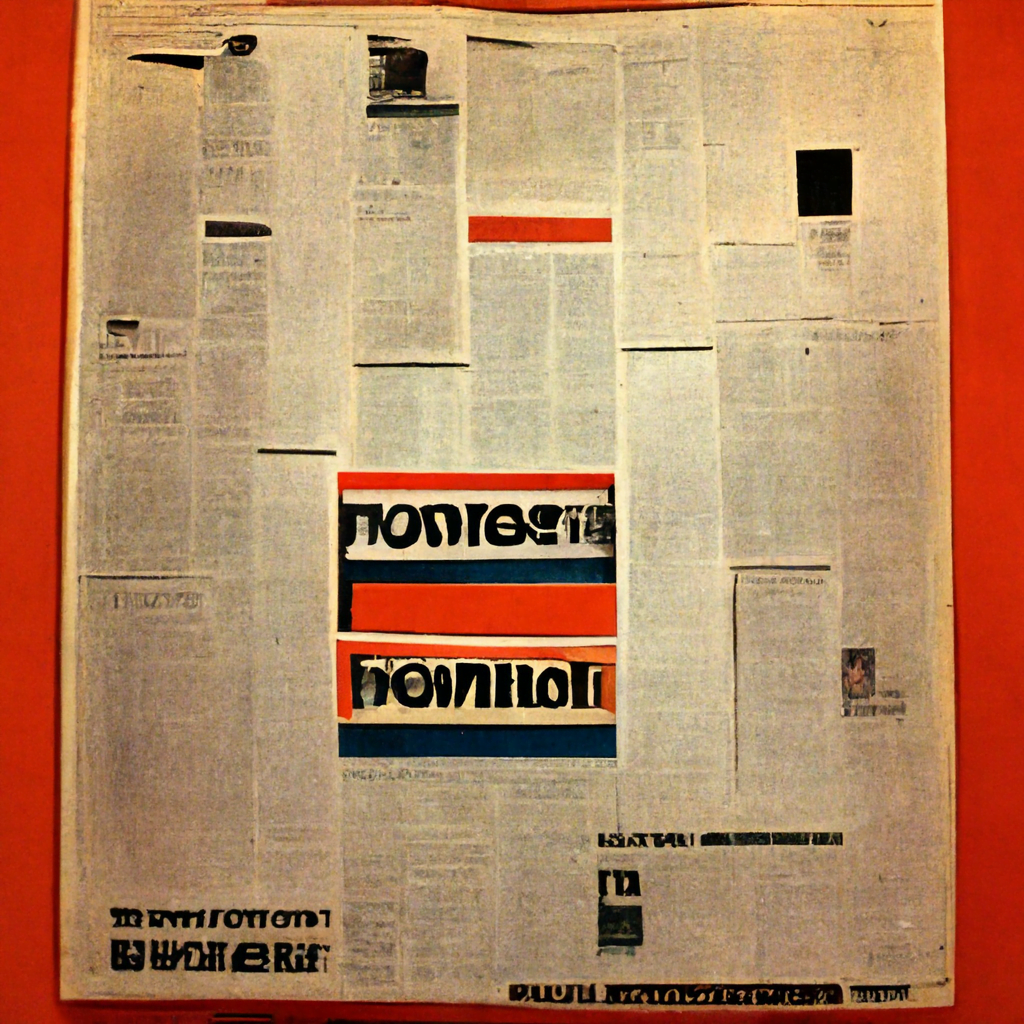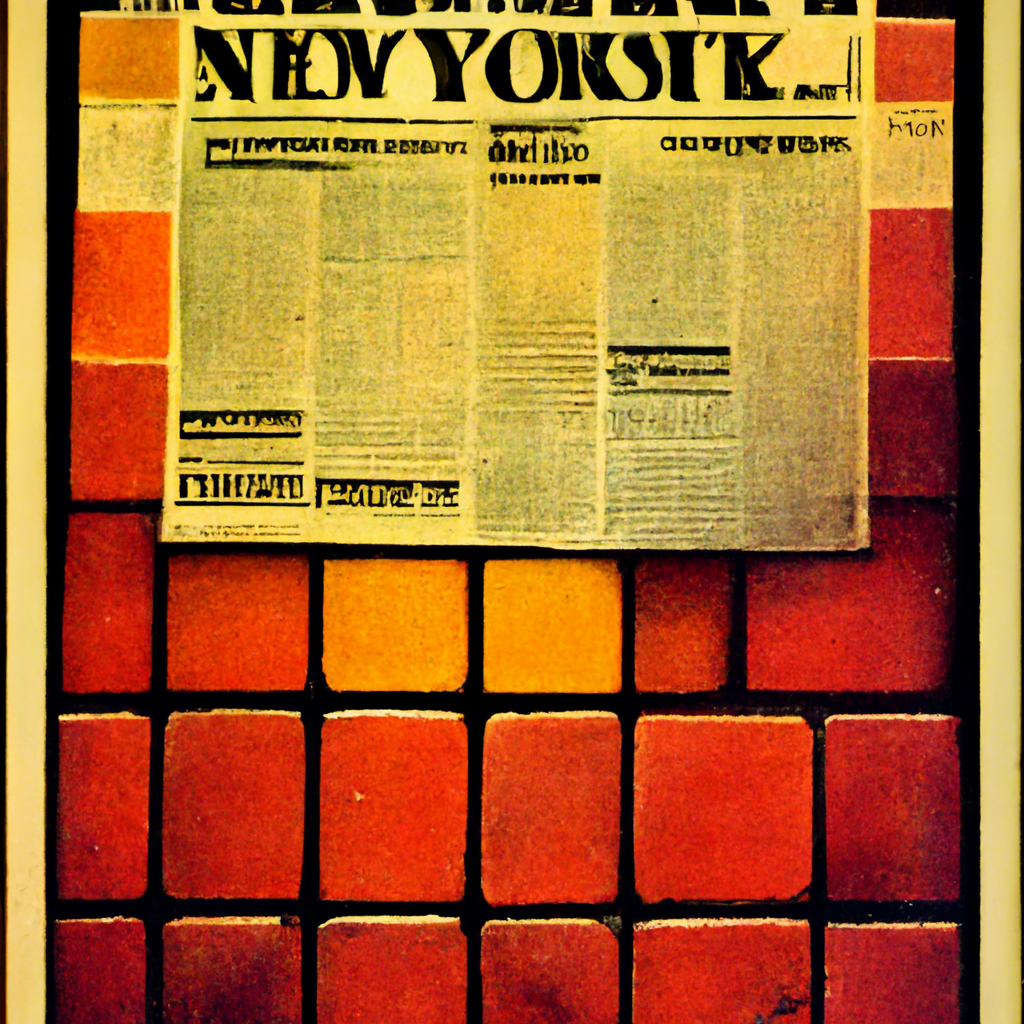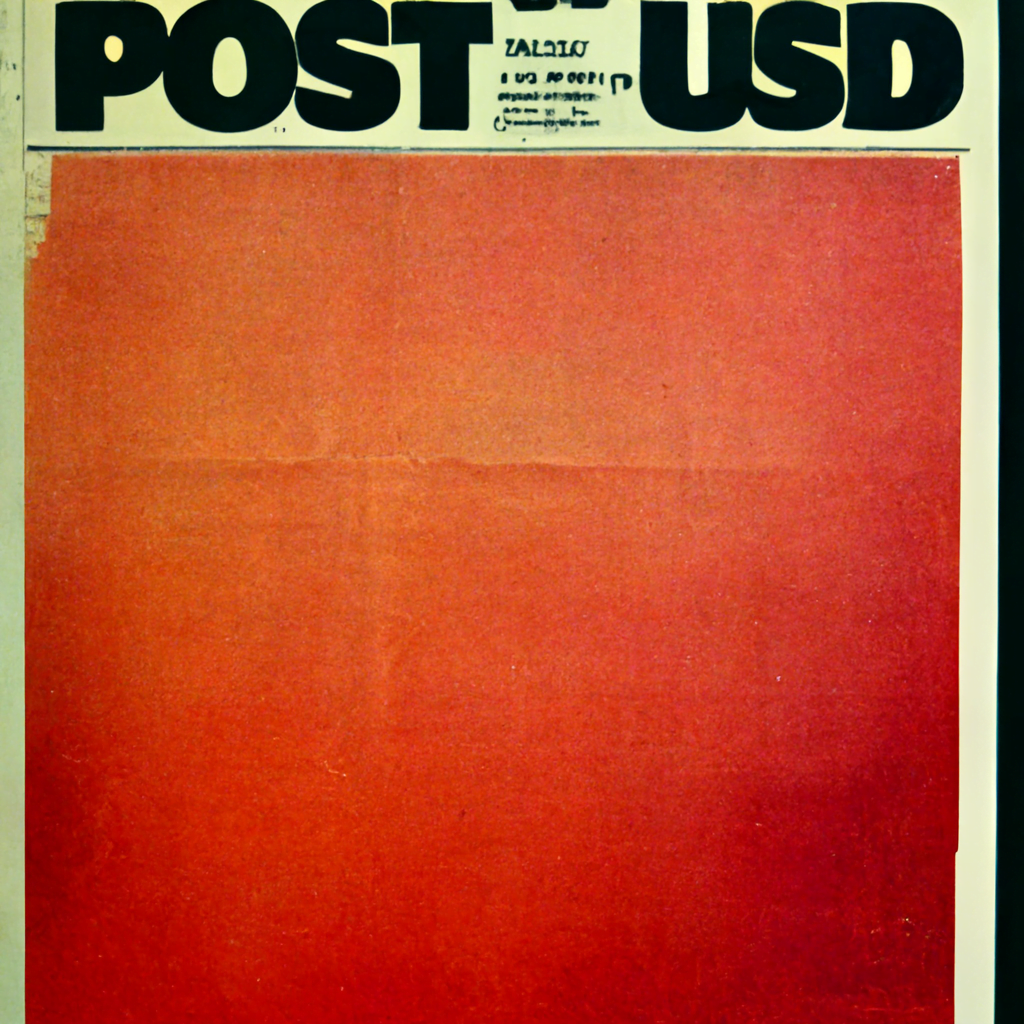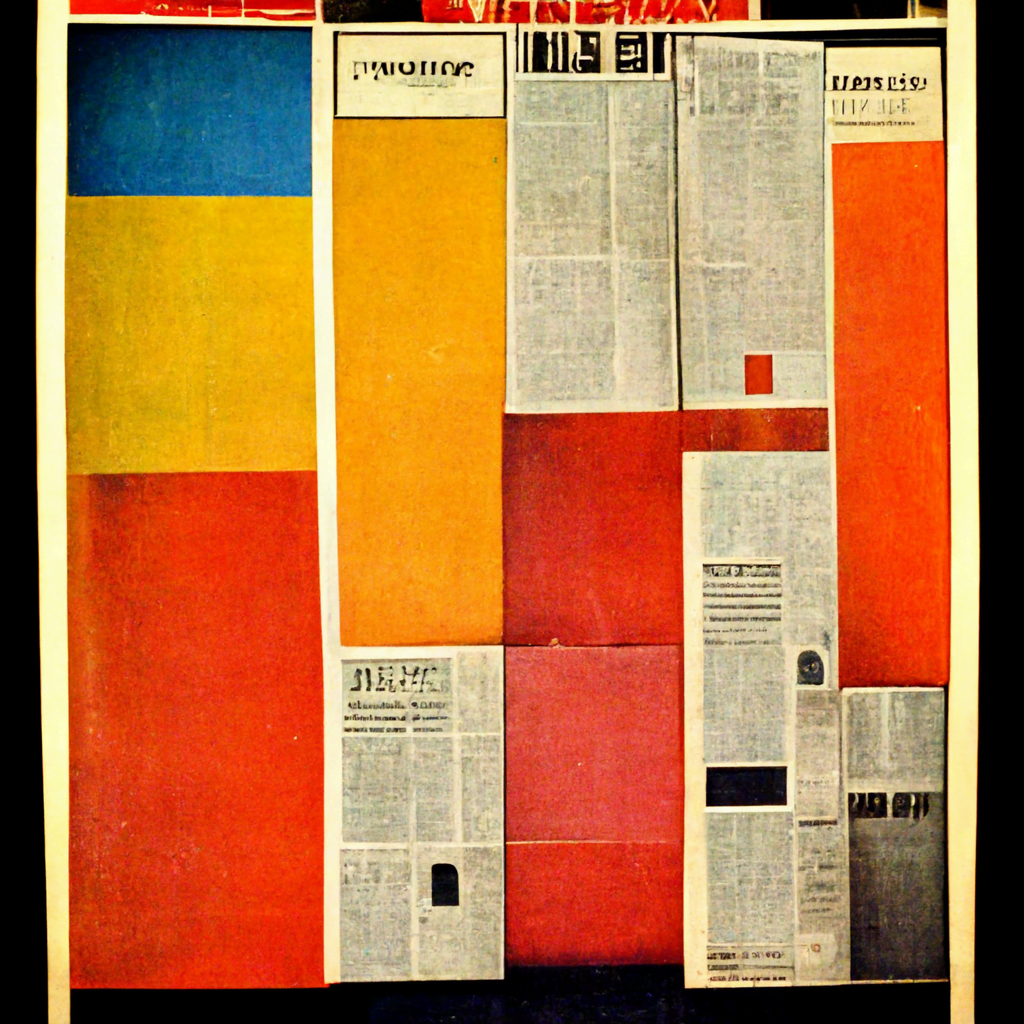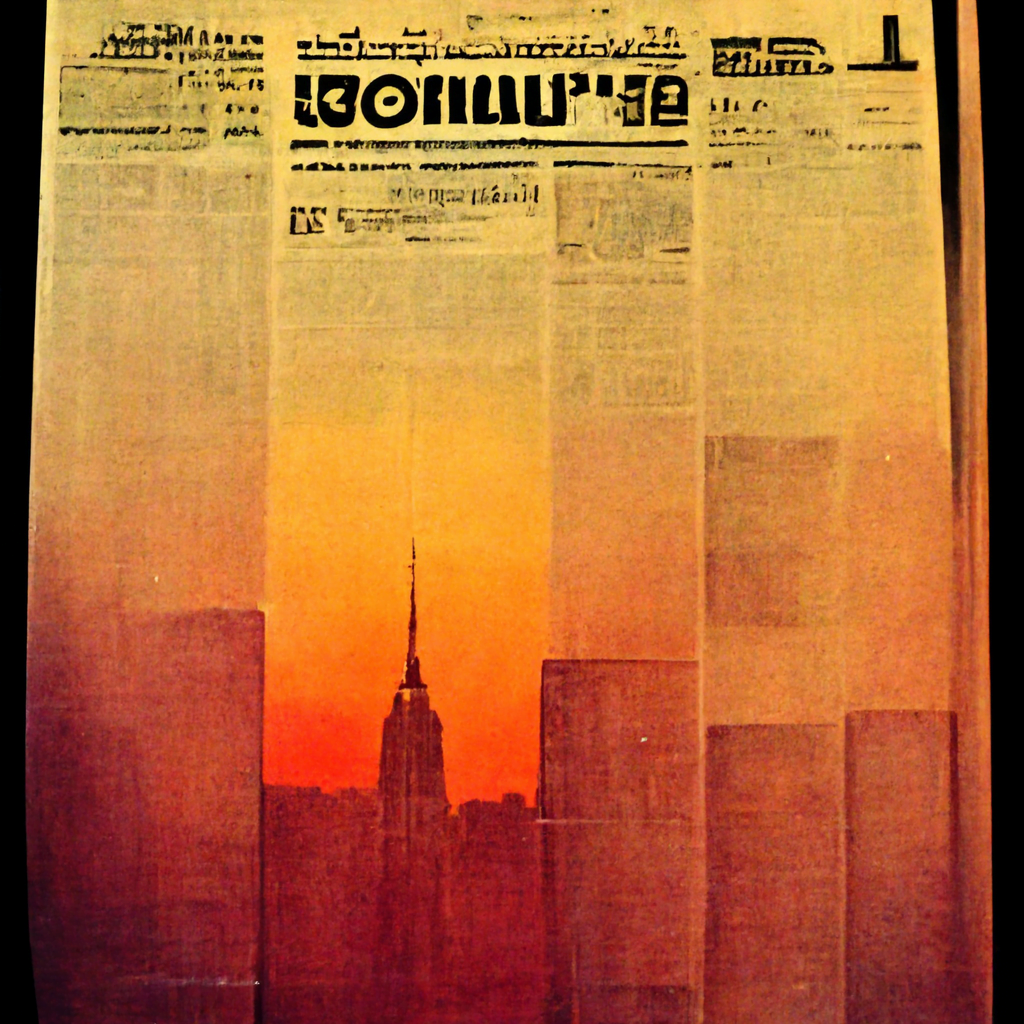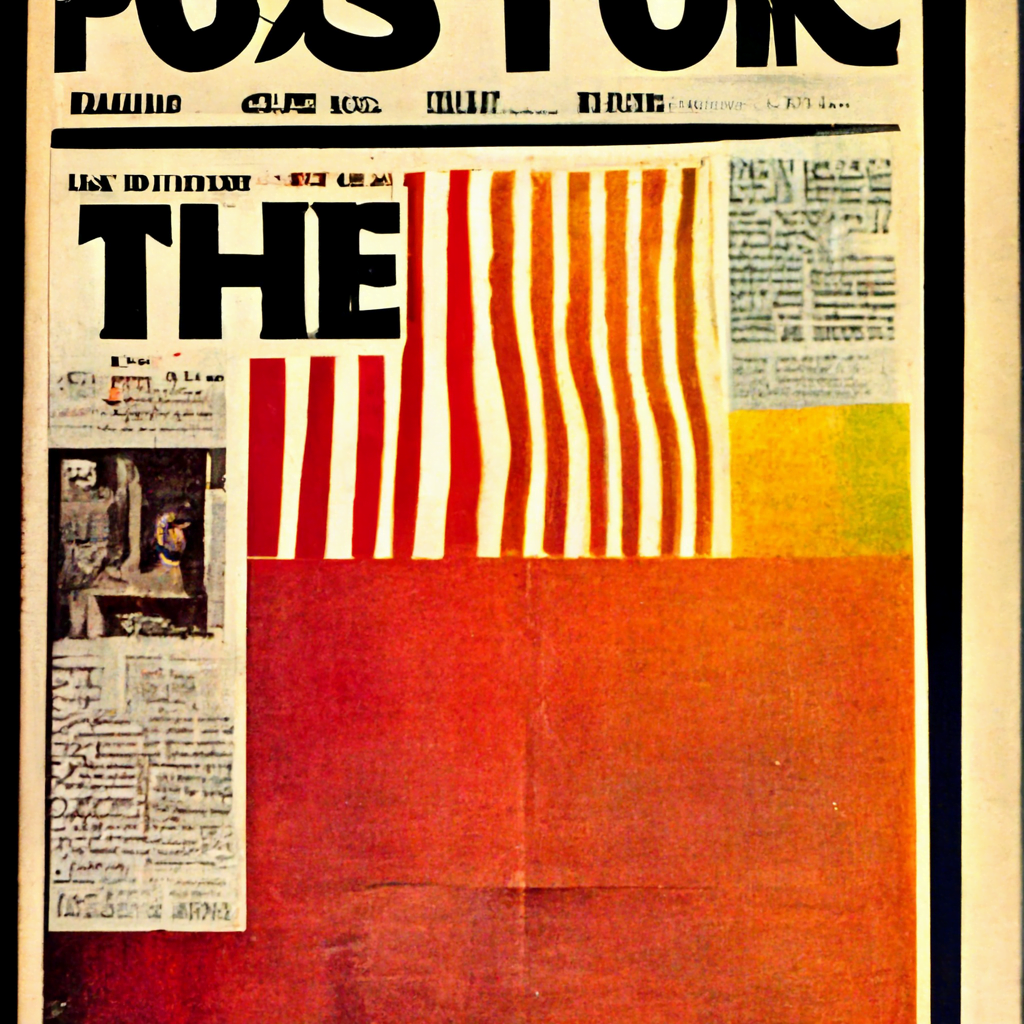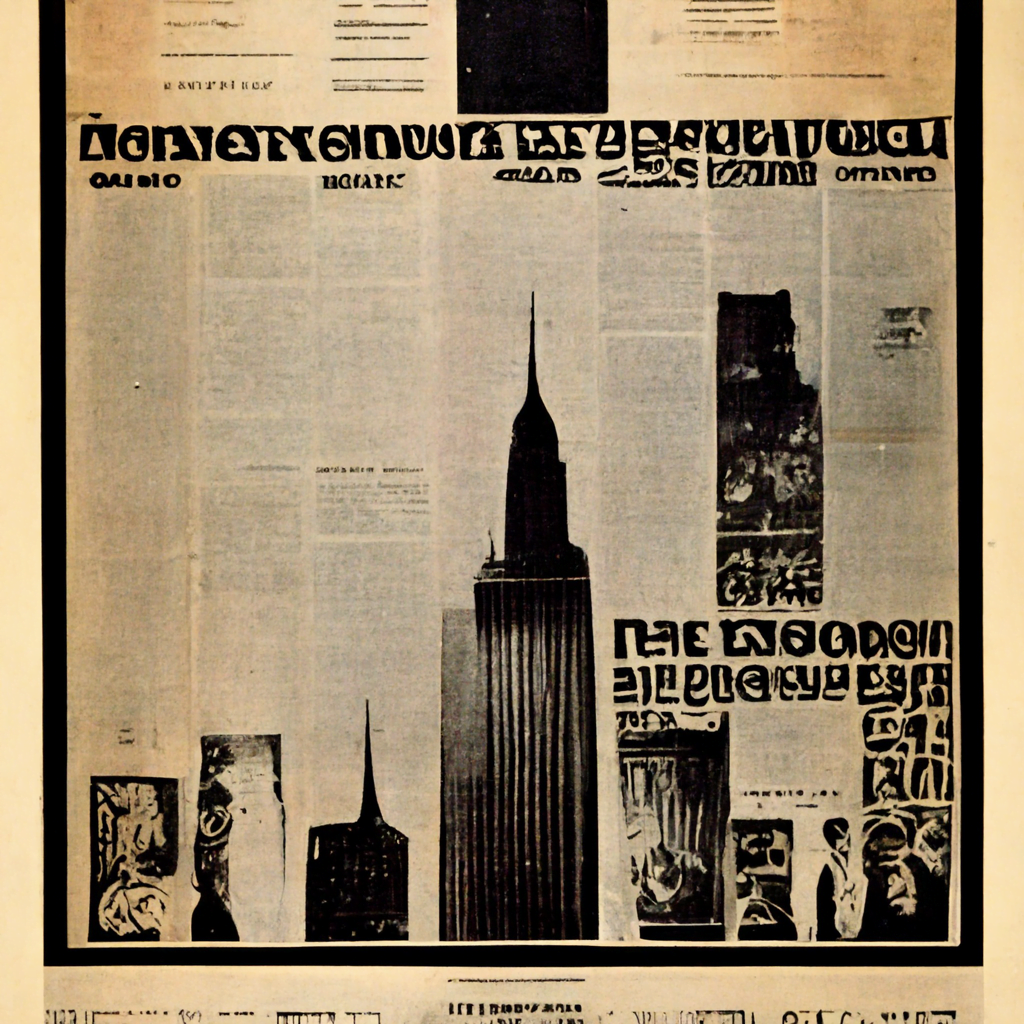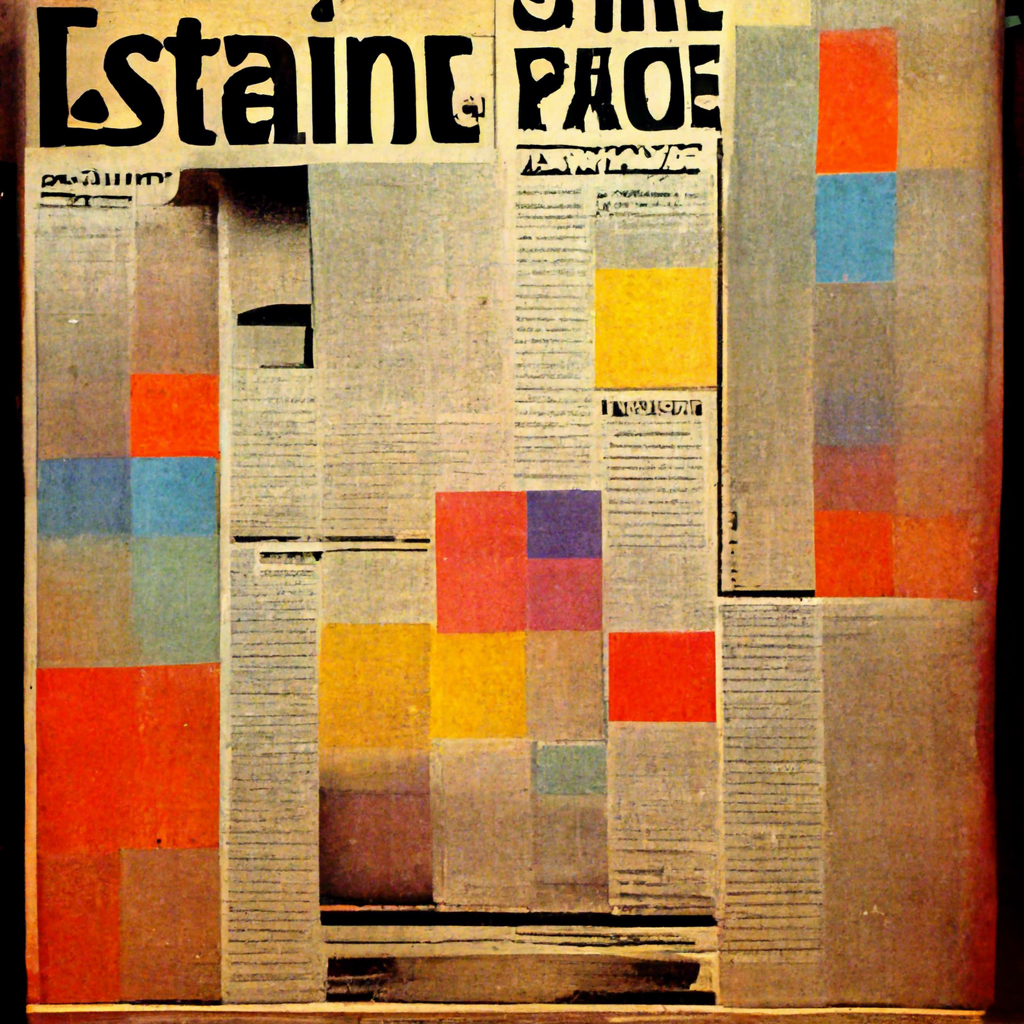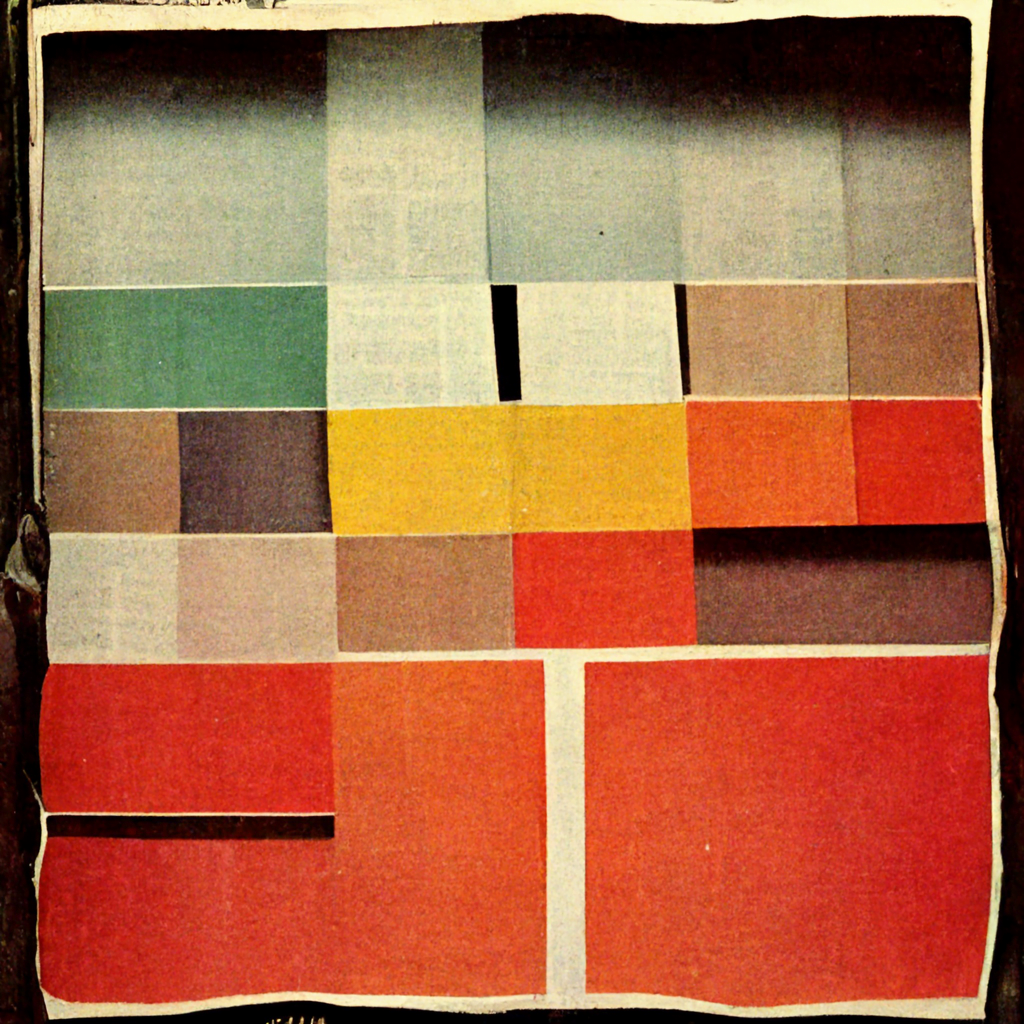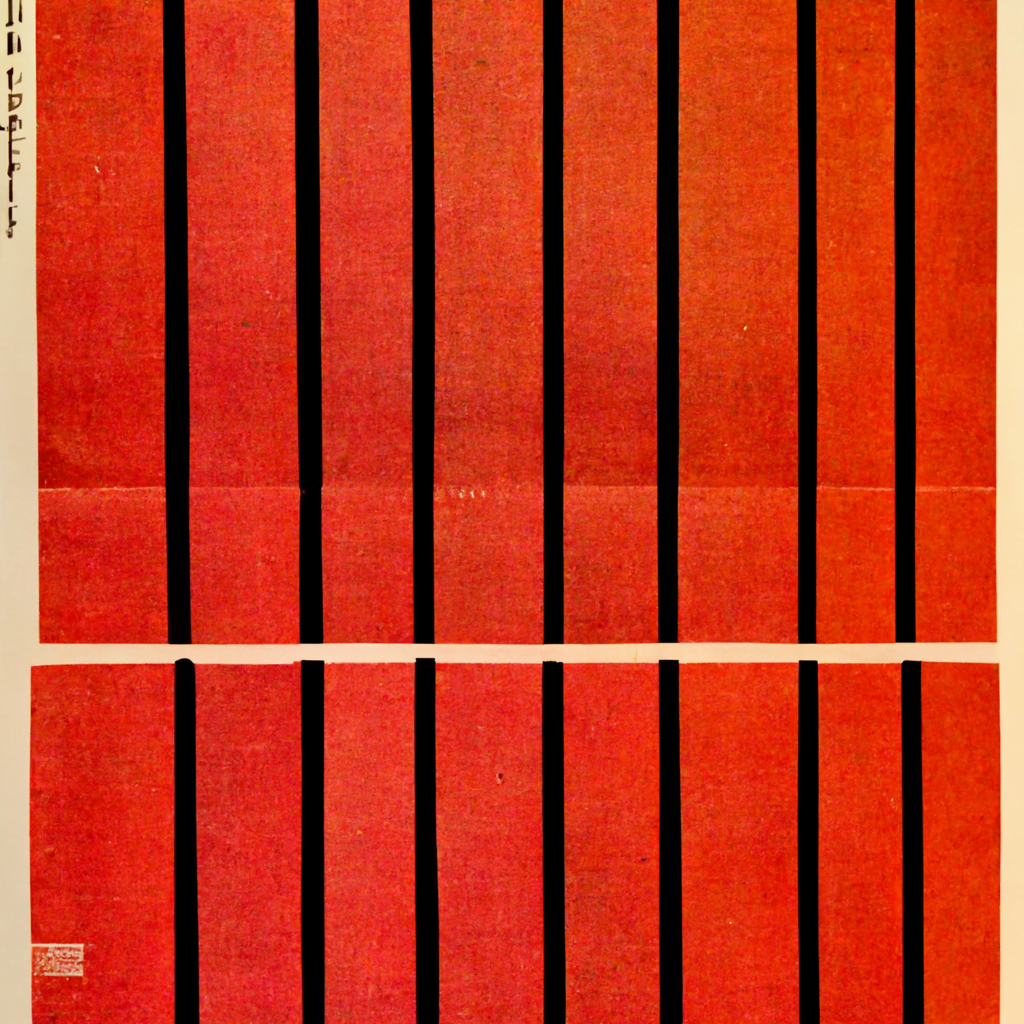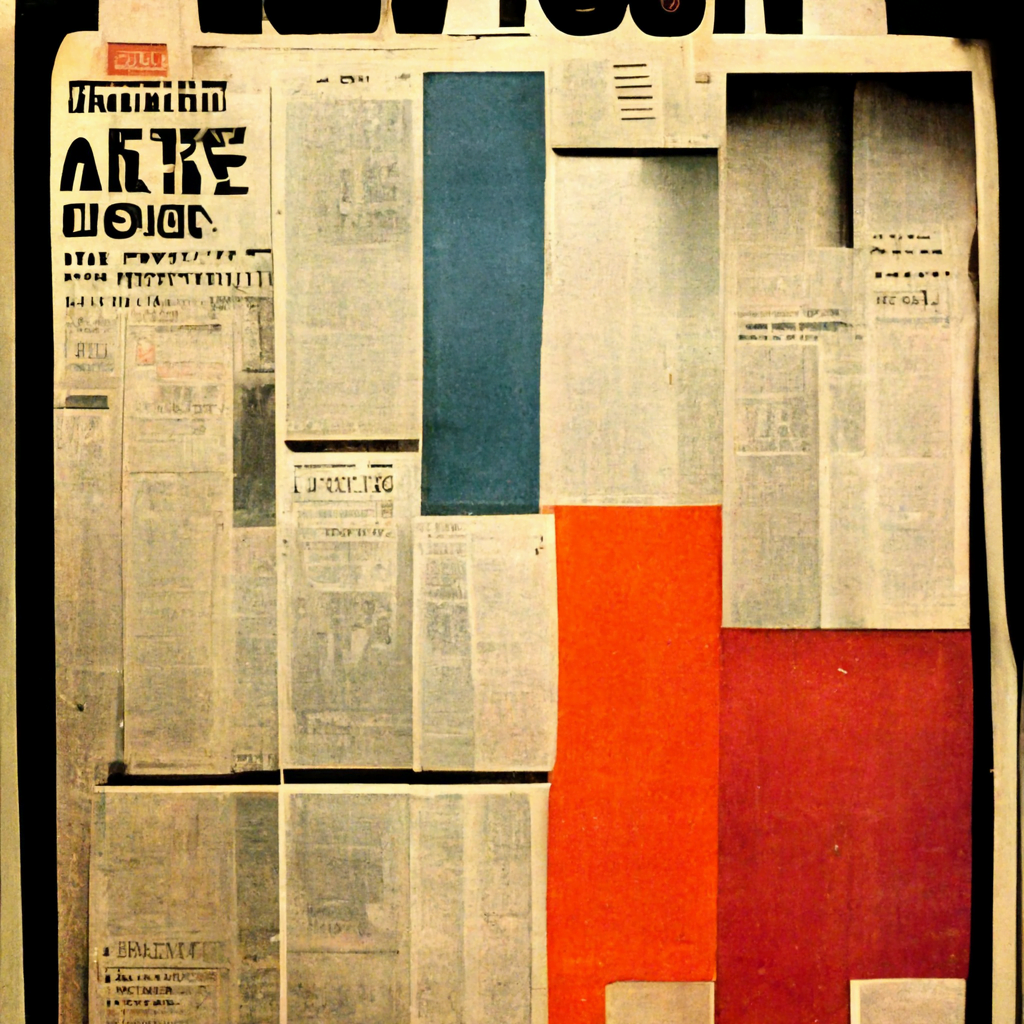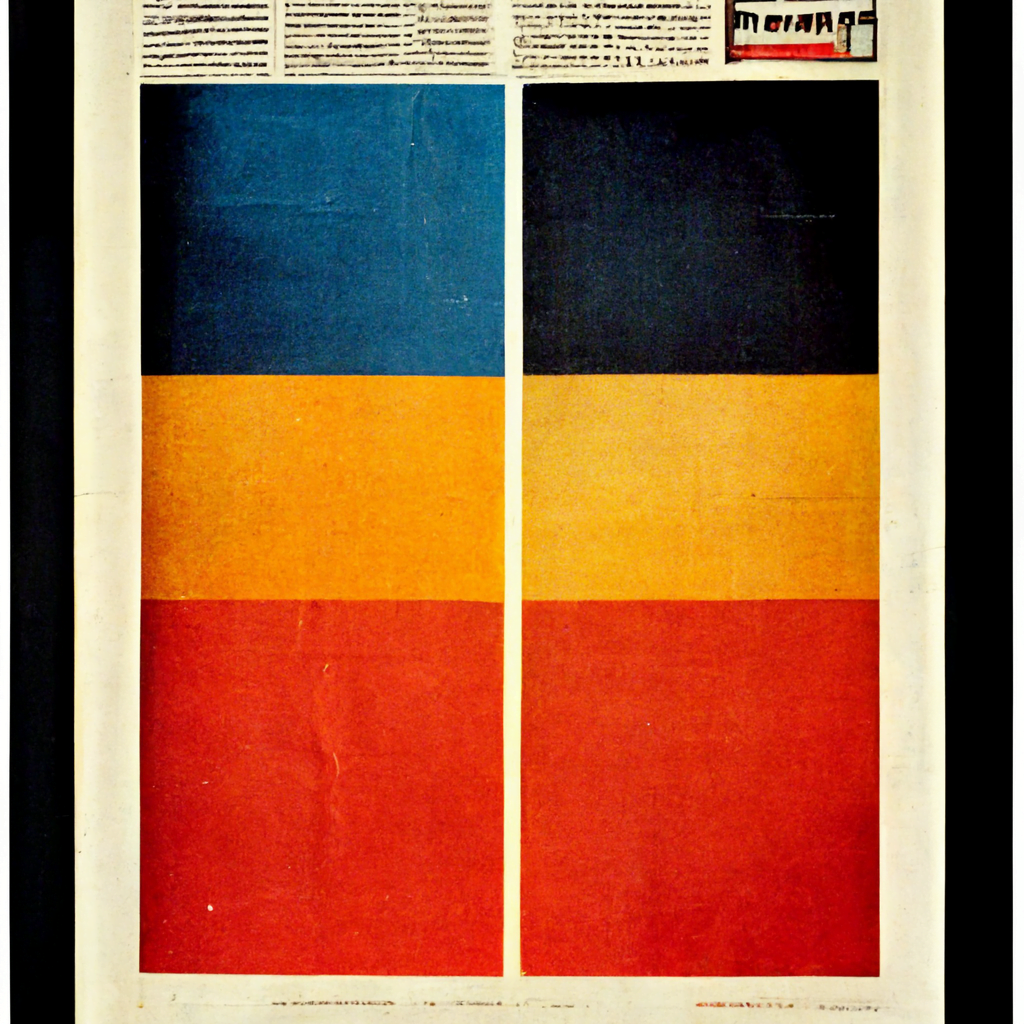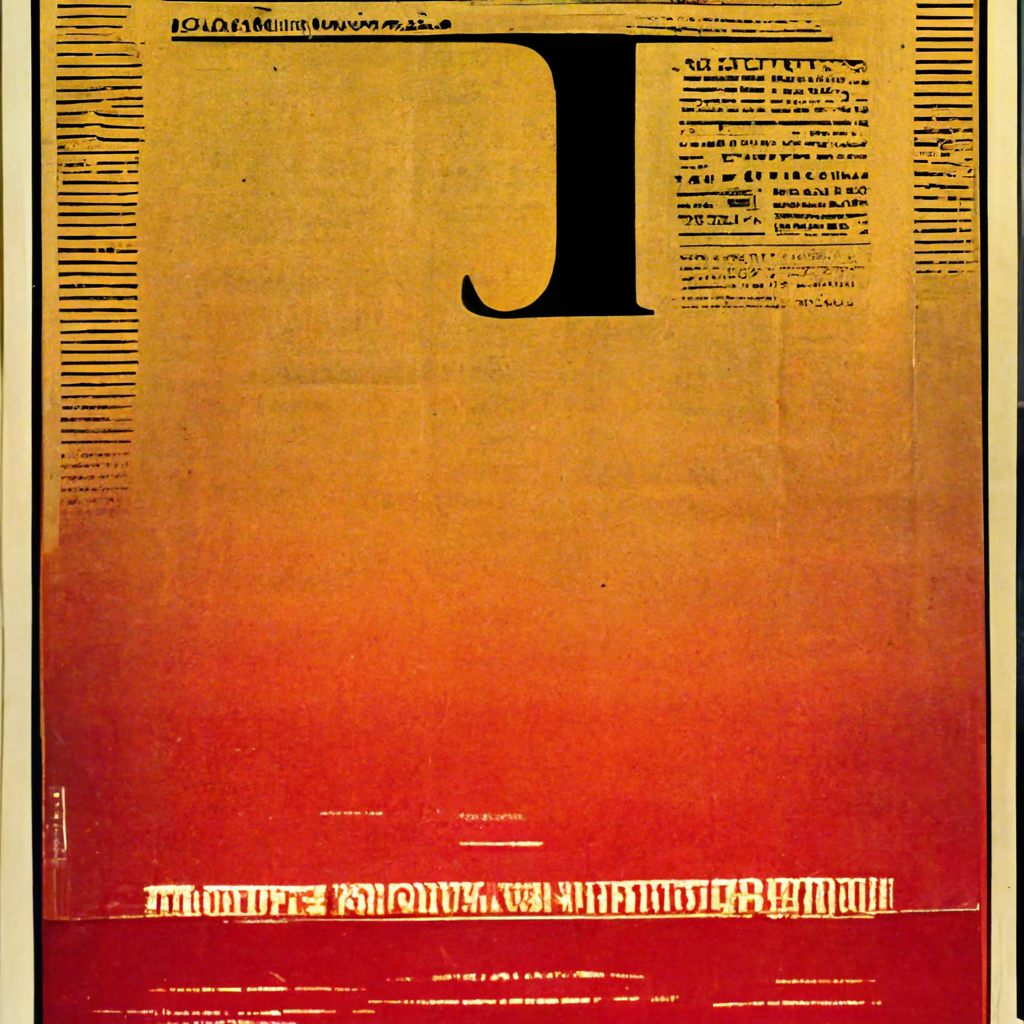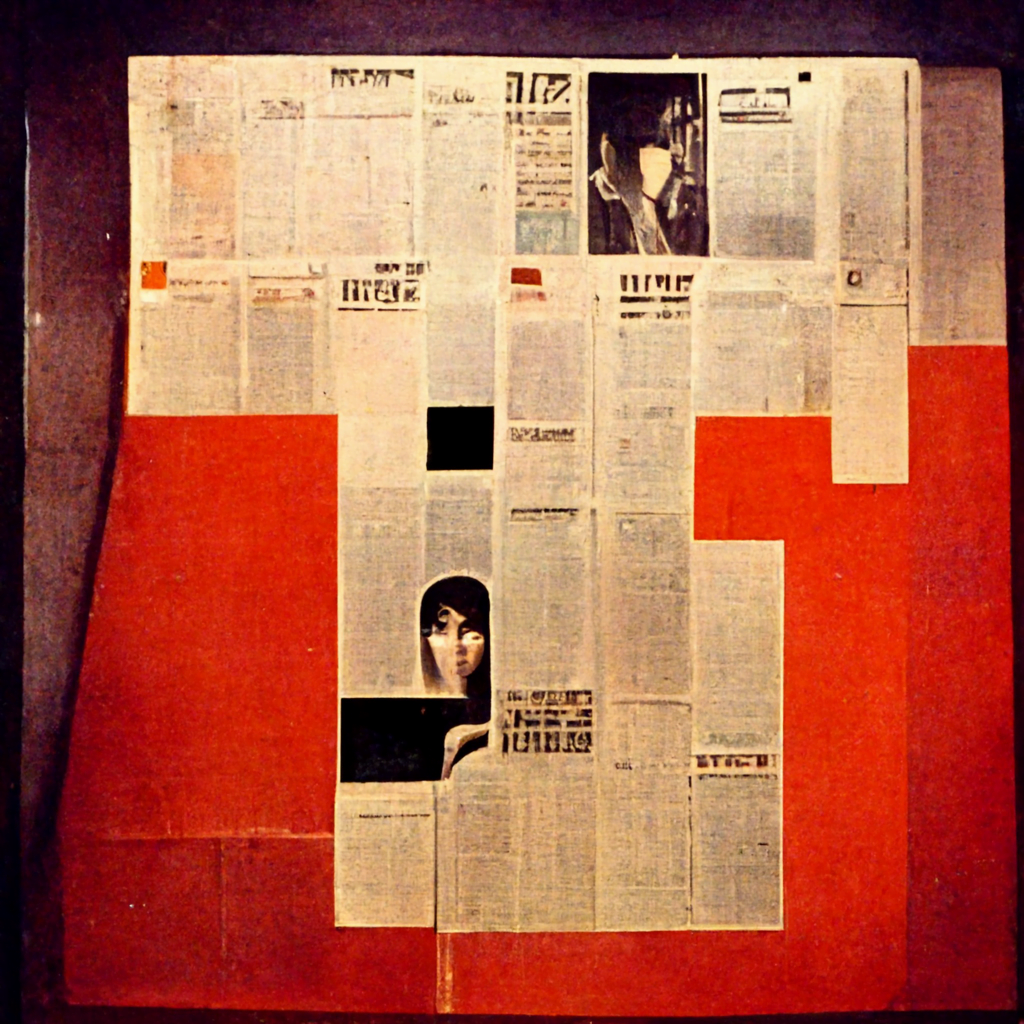1964, AI newspaper, west, AI, 2022
In the year 1964, there was a team of scientists who were working on a cutting-edge project to create a newspaper using Artificial Intelligence. They were determined to revolutionize the way news was produced and consumed.
The team had been working on the project for months, pouring all of their time and energy into it. They had written thousands of lines of code, trained the AI on vast amounts of data, and even built their own advanced computer to run the program.
But despite their best efforts, the AI was not able to generate a complete newspaper. The team encountered several problems as they tried to bring their vision to life. One of the main issues was that the computers of the time were not advanced enough to handle the complex algorithms required for the AI program. They lacked the processing power and memory needed to run the program effectively, and the team had to constantly work around these limitations.
Another issue was the lack of data available. In 1964, the internet as we know it today did not exist, and access to information was limited. The team had a hard time finding enough relevant data to train the AI, which made it difficult for the AI to generate accurate and relevant content.
Additionally, the team had to deal with the lack of expertise and knowledge of AI at the time. AI was still a relatively new field, and there were very few experts who had the knowledge and experience necessary to work on such an ambitious project. The team had to rely on their own research and experimentation, which added to the challenges they faced.
In the end, the team had to accept that the technology of the time was not advanced enough to create a newspaper using AI. They had to put the project on hold, and their work was almost forgotten, except these extrem rare 25 examples from 1964.
The very first Pages they have build in 1964 were until today considered the most charming and interesting ones, as they had a certain authenticity and imperfect humanity that was missing from modern AI images.
